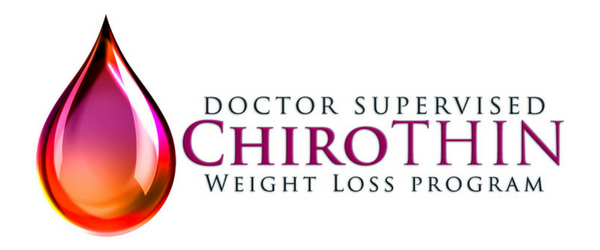
Did you know that a normal pound of body fat has about 3,500 calories in it? As a result, if you have a caloric deficit of 500 calories per day, you can lose about 1 pound of fat per week.
Of course, the reality is more complicated than this. This general rule of thumb tends to work in the short term, especially for people who have a lot of fat to lose.
On the other hand, it often stops working in the long term. The body has ways of holding on to fat when it feels like it needs to.
So how can you set realistic weight loss goals? Read on to learn everything you need to know about setting up a weight loss system that will work for you!
Setting Weight Loss Goals
The most important thing to know about weight loss goals is that they should be realistic. ChiroThin works in the long-term, and is sustainable.
As a result, you may need to lose fat more slowly than you would like. Of course, most people would like to lose their fat as fast as possible.
But starting a program that you will not finish will not get you to your goal quickly. In contrast, it will discourage you and slow down your overall success.
Depending on how much body fat do you have to lose, a realistic weight loss goal will be different for you. If you have a hundred pounds of body fat to lose, then you can probably safely aim to lose a pound of body fat per week for the next year or so.
On the other hand, if you are already slender, but would like to trim down even more, things are different. In that case, you might be lucky to realistically lose half a pound of body fat each week.
You should not let this discourage you or tempt you to try unhealthy dieting practices. At the end of the day, the body holds on to body fat more when it does not have very much of it.
Finding Your Caloric Maintenance Intake
You can use a weight loss goal chart to help you stick to your plan. But first, you will need a plan for your weight loss goals. One of the most important tools you will be relying on is a caloric deficit.
A simple rule to keep in mind is that if you use more calories than you eat, you will start to lose weight. In order to lose weight, you can either eat less or use more calories.
Many people overestimate how many extra calories they can burn in a day. For example, jogging for a whole hour might only burn about 400 calories. For most people, it is a lot easier to just eat 400 fewer calories than it is to try to make up for their eating by jogging for a whole hour.
The main way to lose weight is to figure out how many calories your body uses each day, and then eat somewhat fewer calories than that. You don’t want to eat too many fewer calories than that, of course. Your body needs calories to run the processes that keep you healthy.
So how can you find out how many calories your body uses each day? You can start with a weight loss goal calculator. Keep track of all the foods you eat in a day, and add up their caloric content.
Do this for about 2 weeks. At the same time, weigh yourself every day. After about two weeks, you should find out if you increased or decreased in weight.
On the other hand, you might have stayed about the same. If so, your current caloric intake is already your maintenance caloric intake.
If you gained weight, then you need to lower your caloric intake a little. Keep counting your calories and weighing yourself. Once you have found a caloric intake that maintains your weight for 2 weeks, you will know your caloric intake for maintenance.
The next step is to eat a little bit less than your caloric maintenance amount. In most cases eating about 500 fewer calories is safe and sustainable.
Increasing Your Body’s Burning of Calories
Although eating less is the most efficient way to lose weight, there are ways that you can also burn more calories.
Jogging for an hour might only burn 400 calories, but it does a lot more than that. It also develops your cardiovascular system and improves your overall health and mood.
At the same time, jogging only burns calories when you are doing it. It does not have long-term effects.
In contrast, building your muscles can have long-term effects. Not only will you burn calories while you are exercising your muscles, but you will also burn calories when you are not exercising them.
This works in two ways. First, your muscles will need to build themselves back up after exercise. This building-up process requires resources.
Your body uses up calories to build your muscles.
The second way that you can burn calories by building muscle is just by maintaining your muscles. Your body needs a certain amount of energy just to keep your muscles where they are. The more muscle you have, the more calories go into maintaining them.
Enjoy the Benefits of Realistic Weight Loss Goals
I hope that you were able to learn something helpful from this brief article on some of the most important principles when it comes to realistic weight loss goals. In many cases, losing weight is a marathon, not a sprint. You’ll enjoy much better results if you set up a reliable long-term weight loss system than if you try an unsustainable sprint of a diet.
Are you ready to get started on the path to a healthier you? Click here to find a ChiroThin doctor in your area.
